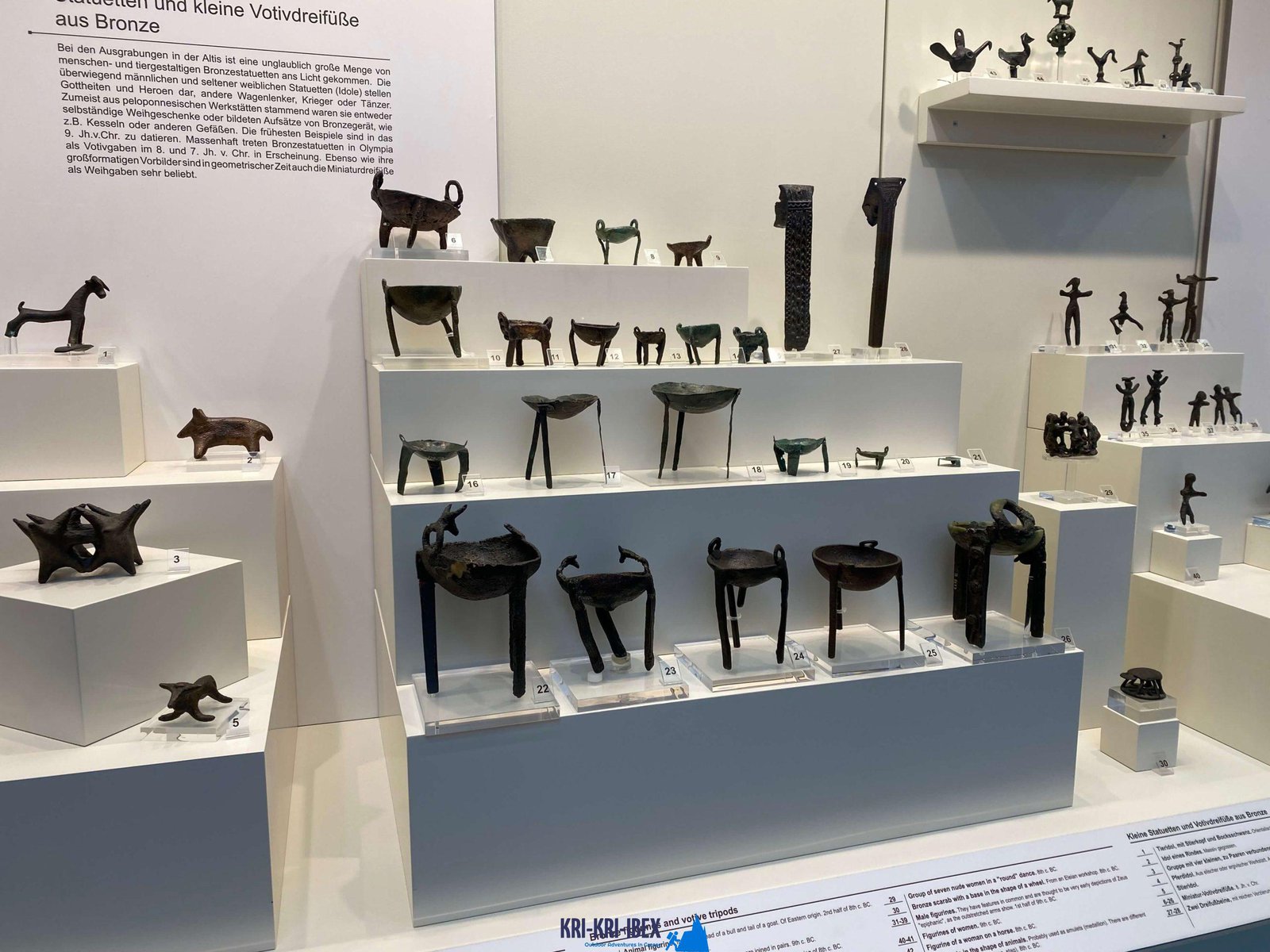Hunting Kri Kri ibex as well as cost-free diving at the globe's most renowned wrecks
Hunting Kri Kri ibex as well as cost-free diving at the globe's most renowned wrecks
Blog Article

They claim that the Peloponnese peninsula is the "real" Greece. And we state, if you're trying to find a remarkable adventure, our hunting and also exploring Peloponnese trip from Methoni is the best way to experience all that this beautiful nation has to use.

Greece is a wonderful country for tourism, offering many different chances for site visitors. There are many gorgeous islands to go to, such as Sapientza, as well as cultural experiences and historic websites to appreciate. Greece is additionally well known for its scrumptious food and wine. Whatever your passions may be, Greece has something to use you.
Our exterior searching, angling, and also free diving trips are the ideal means to see everything that Peloponnese has to offer. These excursions are made for travelers who want to get off the beaten path as well as really experience all that this extraordinary area needs to supply. You'll get to go searching in several of the most attractive wilderness areas in Greece, fish in crystal-clear waters for a variety of different varieties, and complimentary dive in some of the most spectacular shoreline in the Mediterranean. And most importantly, our knowledgeable guides will be there with you every step of the method to make sure that you have a pleasurable as well as risk-free experience.
So if you are trying to find an authentic Greek experience away from the stress of tourism after that look no further than Methoni in The Peloponnesos! Our exterior searching for Kri Kri ibex, fishing, complimentary diving and visiting Peloponnese excursions from Methoni are the perfect means to explore this lovely area at your own rate with like minded people. Contact us today to book your place on among our trips.
What is the diference between Kri Kri ibex, Bezoar ibex and hybrid ibex
The kri-kri is not thought to be indigenous to Crete, most likely having been imported to the island during the time of the Minoan civilization. Nevertheless, it is found nowhere else and is therefore endemic to Crete. It was common throughout the Aegean but the peaks of the 8,000 ft (2,400 m) White Mountains of Western Crete are their last strongholds–particularly a series of almost vertical 3,000 ft (900 m) cliffs called ‘the Untrodden’—at the head of the Samaria Gorge. This mountain range, which hosts another 14 endemic animal species, is protected as a UNESCO Biosphere Reserve. In total, their range extends to the White Mountains, the Samaria National Forest and the islets of Dia, Thodorou, and Agii Pandes.
This Ibex is NOT a diminutive form of the Bezoar Ibex, which has migrated into the western-most reach of the range of this species. The kri – kri (Capra aegagrus cretica), sometimes called the Cretan goat, Agrimi, or Cretan Ibex, is a feral goat inhabiting the Eastern Mediterranean, previously considered a subspecies of wild goat. The kri-kri has a light brownish coat with a darker band around its neck. It has two horns that sweep back from the head. In the wild they are shy and avoid tourists, resting during the day. The animal can leap some distance or climb seemingly sheer cliffs.
“The agrimi goat Capra aegagrus cretica is unique to Crete and its offshore islands. It has been identi®ed as a sub-species of the wild bezoar goat Capra aegagrus aegagrus Erxleben, 1777, which it closely resembles in horn shape, body form and coloration. This classi®cation has been disputed by some researchers who claim that the agrimi are feral goats, derived from early domestic stock brought to the island by the ®rst Neolithic settlers. In order to clarify this issue, DNA analyses (cytochrome b and D loop sequences) were carried out on tissue of live and skeletonized agrimi and compared to sequences of wild and domestic caprines. Results conclusively show the agrimi to be a feral animal, that clades with domestic goats (Capra hircus) rather than with wild Asiatic bezoar. This study demonstrates that morphometric criteria do not necessarily re¯ect genetic af®nities, and that the taxonomic classi®cation of agrimi should be revised.”
Report this page